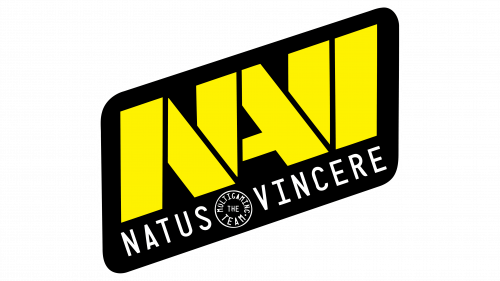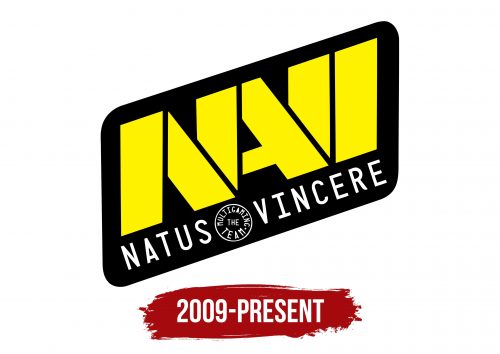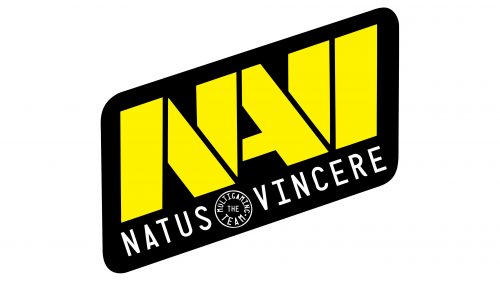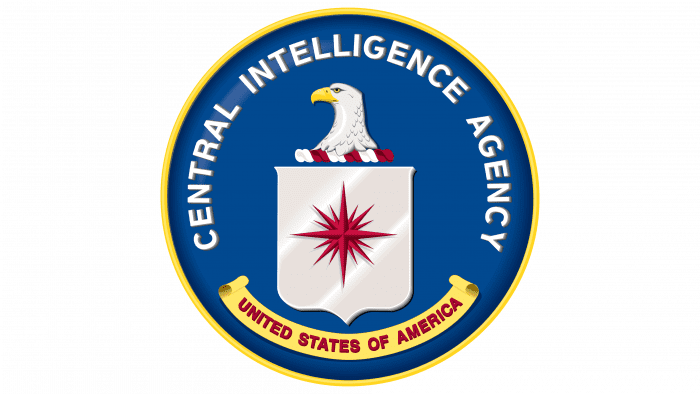Navi: Brand overview
In 2009, Natus Vincere, often referred to as Na’Vi, appeared on the esports scene. It was created on the initiative of Ukrainian business tycoon Oleksandr Kokhanovskiy. Having realized the potential of such promising games as Dota 2 and Counter-Strike: Global Offensive, Na’Vi became one of the pioneers in attracting high-quality specialists to its ranks.
The organization’s foresight paid off in 2011 when its Dota 2 team won the first international Dota 2 championship title and $1 million in prize money. This outstanding achievement propelled Na’Vi to the top of the esports scene. Their journey did not stop there. In the following years, they wrote their name into esports history by consistently performing at the highest level, especially impressing with their victories at The International tournaments in 2012, 2013, and 2014. The organization’s CS: GO team was not left in the shadows either, winning at DreamHack Open Winter in 2014.
However, along with fame came problems. In the mid-2010s, Na’Vi faced a lineup reshuffle that somewhat overshadowed its previous accomplishments, as it faced a series of performance slumps in big games. However, the essence of Na’Vi was to not succumb to the difficulties. They rebuilt and expanded their esports repertoire with new games such as Rainbow Six, Apex Legends, and VALORANT, solidifying their credibility on the competitive scene.
Fast-forward to 2023, and with a massive social media fanbase of over 4.5 million people, Na’Vi’s influence in the esports sphere is undeniable. While they may no longer reign as they did in their heyday, the brand continues to be synonymous with excellence and a legacy that resonates with winning.
Meaning and History
2009 – today
The logo of NAVI, which stands for the Latin phrase “Natus Vincere,” reflects the Ukrainian esports organization’s boundless drive for victory. The emblem features a dynamic diagonal design. Set within a black parallelogram, the combined inscription showcases the designers’ skill in merging letters while keeping the text legible. Each glyph ingeniously incorporates a part of the next character; for instance, the right side of “N” also forms the left leg of “A.” This creative approach symbolizes the team’s unity and collective spirit.
Beneath the yellow text, the team’s motto and seal are positioned, reinforcing NAVI’s commitment to excellence and competition. This symbolic design represents NAVI’s identity and ethos of striving to win, showcasing its prominent place in the esports community. Through its compact and interconnected lettering within a distinctive geometric shape, the logo communicates the essence of NAVI: a cohesive, determined, and ambitious team ready to conquer challenges and achieve greatness in the competitive world of esports.





